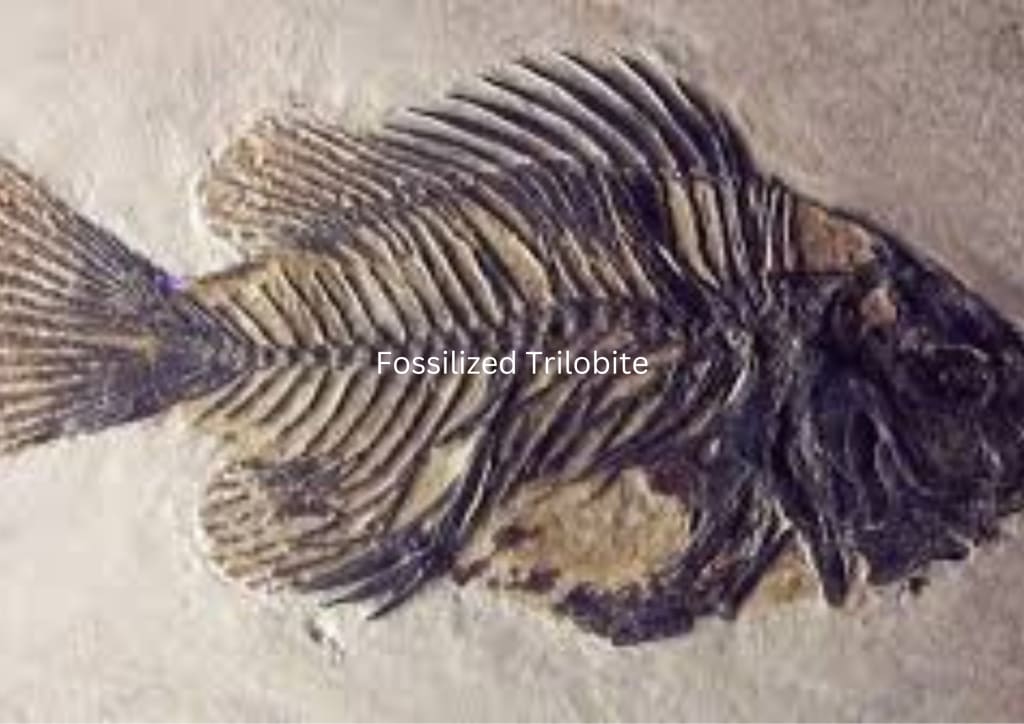
Early Signs of Life
The search for signs of life beyond Earth has been a major focus of scientific research for decades. While scientists have yet to find definitive evidence of life on other planets, they have discovered several early signs of life that suggest the possibility of extraterrestrial organisms.
One of the most promising early signs of life is the presence of organic molecules. Organic molecules are the building blocks of life as we know it, and their presence on other planets or moons would suggest that life may have once existed or may currently exist there.
Organic molecules have been discovered in several places throughout our solar system. For example, in 2014, NASA's Curiosity rover discovered methane on Mars, which is a key organic molecule that can be produced by biological processes. While the presence of methane on Mars does not definitively prove the existence of life, it is a promising sign that warrants further investigation.
Another early sign of life is the presence of liquid water. Water is essential for life as we know it, and the presence of liquid water on a planet or moon increases the likelihood that life may exist there. For example, NASA's Cassini spacecraft discovered geysers on Saturn's moon Enceladus that appear to be originating from a subsurface ocean of liquid water. This finding has led to speculation that Enceladus may be a suitable environment for life.
The presence of certain chemical compounds can also serve as early signs of life. For example, scientists have discovered that certain types of bacteria produce sulfur compounds that can be detected in their surrounding environment. By searching for these sulfur compounds on other planets or moons, scientists may be able to detect the presence of microbial life.
One promising place to search for early signs of life is in the atmospheres of exoplanets - planets outside our solar system. Astronomers are able to analyze the light that passes through an exoplanet's atmosphere as it transits in front of its parent star. By looking for certain chemical signatures in this light, astronomers can determine if the atmosphere contains gases that could be produced by living organisms, such as oxygen or methane.
In 2019, astronomers detected water vapor in the atmosphere of a potentially habitable exoplanet called K2-18b. This discovery was hailed as a major step forward in the search for extraterrestrial life, as it suggests that the planet may have a water cycle similar to Earth's, which could provide a suitable environment for life.
In 2020, scientists reported the discovery of a potential biomarker in the atmosphere of Venus. They detected a gas called phosphine, which is produced by certain microbes on Earth. While this finding is still controversial and requires further investigation, it has generated excitement among astrobiologists and raised the possibility that life may exist in the clouds of Venus.
In addition to these early signs of life, scientists are also searching for evidence of extinct or fossilized life on other planets or moons. For example, in 2018, NASA's Curiosity rover discovered organic molecules in sedimentary rocks on Mars that are more than 3 billion years old. While these molecules do not definitively prove the existence of past life on Mars, they suggest that conditions on the planet may have been suitable for life in the distant past.
Fossilized Jawless Fish
Fossilized jawless fish, also known as agnathans, are some of the oldest and most primitive vertebrates that have ever existed. They are characterized by their lack of jaws, paired fins, and bony skeleton, and are believed to have originated over 500 million years ago during the Cambrian period.
One of the most well-known groups of jawless fish is the ostracoderm, which lived during the early Paleozoic era (around 500-400 million years ago). Ostracoderms had a distinctive armored exoskeleton made of bony plates, which provided protection from predators and other environmental hazards.
Stromatolitic Limestone
Stromatolitic limestone is a type of sedimentary rock that is formed by the accumulation of layers of sediment that have been cemented together by calcium carbonate. What makes stromatolitic limestone unique is that it contains fossils of ancient microbial communities known as stromatolites.
Stromatolites are layered structures that are formed by the growth and mineralization of microbial mats. These microbial mats are made up of a variety of bacteria and other microorganisms that live in shallow marine environments, such as tidal flats, lagoons, and shallow bays.
Fossil of an Extinct Shrimps
Fossils of extinct shrimps, also known as decapods, provide valuable insights into the evolution and diversity of these crustaceans over millions of years. Decapods are a diverse group of crustaceans that includes shrimps, crabs, lobsters, and crayfish, among others. Fossils of extinct decapods have been found in various types of sedimentary rocks, ranging in age from the Devonian period (around 400 million years ago) to the more recent Cenozoic era (up to 66 million years ago).
One notable example of an extinct shrimp fossil is the Paleopalaemon Newberry, which lived during the Late Jurassic period (around 150 million years ago). This shrimp is known from fossils found in North America, and it was a relatively large species, reaching up to 20 centimeters (8 inches) in length.
Fossilized Trilobite
Fossilized trilobites are some of the most well-known and beloved fossils among paleontologists and collectors alike. Trilobites are an extinct group of marine arthropods that lived during the Paleozoic era (between 541 and 252 million years ago). They were incredibly diverse, with over 20,000 species identified to date.
Trilobites were characterized by their hard, segmented exoskeleton, which protected them from predators and other environmental hazards. They had three distinct body parts: a head with compound eyes, a thorax with multiple segments, and a tail section. Many species also had spines or other projections on their exoskeleton, which likely served as defensive features.
Trilobite fossils are found in sedimentary rocks all over the world, and they are often used as index fossils for dating rock layers. These fossils have provided valuable information about the anatomy, behavior, and evolution of trilobites, as well as the ancient marine ecosystems in which they lived.
Conclusion
In conclusion, the study of early signs of life is a fascinating area of research that sheds light on the origins and evolution of life on Earth. From the earliest evidence of microbial life in ancient rocks to the emergence of complex organisms in the fossil record, scientists continue to discover new insights into how life has evolved over billions of years.
The discovery of fossils, such as stromatolites, jawless fish, and trilobites, has provided invaluable information about the early stages of life on our planet. These fossils have allowed researchers to reconstruct ancient environments, understand the ecology of early organisms, and trace the evolutionary history of different groups of organisms.
At the same time, scientists are also exploring new techniques and technologies to study the earliest signs of life, such as examining biomarkers and isotopes in rocks and sediments. These tools provide a window into the biochemical processes that were taking place billions of years ago and help to piece together the puzzle of how life first arose.
Overall, the study of early signs of life is a rapidly evolving field that is yielding exciting new discoveries and insights. As we continue to explore and understand the origins of life on Earth, we may also gain new perspectives on the possibility of life elsewhere in the universe.
About the Creator
Gokila
She is an astrophile, introvert,
loves to read books all day long,
addicts in healthy lifestyle
and having curiosity to know about new things.
Life Is As Beautiful As You Make It. Contentment Is The Key To Happiness. Peace Be Upon The Saviour.






Comments
There are no comments for this story
Be the first to respond and start the conversation.